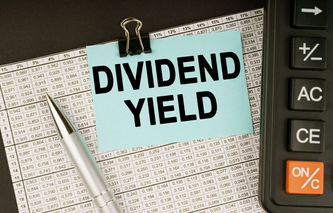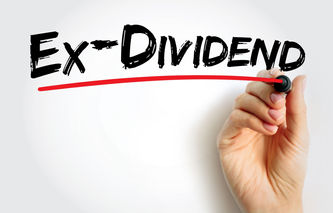Definition
The financial accounting term dividends payable is used to describe the cash owed by a company to its stockholders, based on a distribution that has been formally authorized by the company's board of directors. Dividends payable are categorized as a current liability on the company's balance sheet.
Explanation
Once the board of directors has approved the payment of a dividend, a liability is created on behalf of the company. Since this liability is generally due to stockholders within the fiscal year, dividends payable are assigned to the current liabilities section of the balance sheet.
If the company announces a dividend payout in the form of shares of common stock, this payout does not qualify as a current liability. An asset is not required to issue additional shares of stock.




